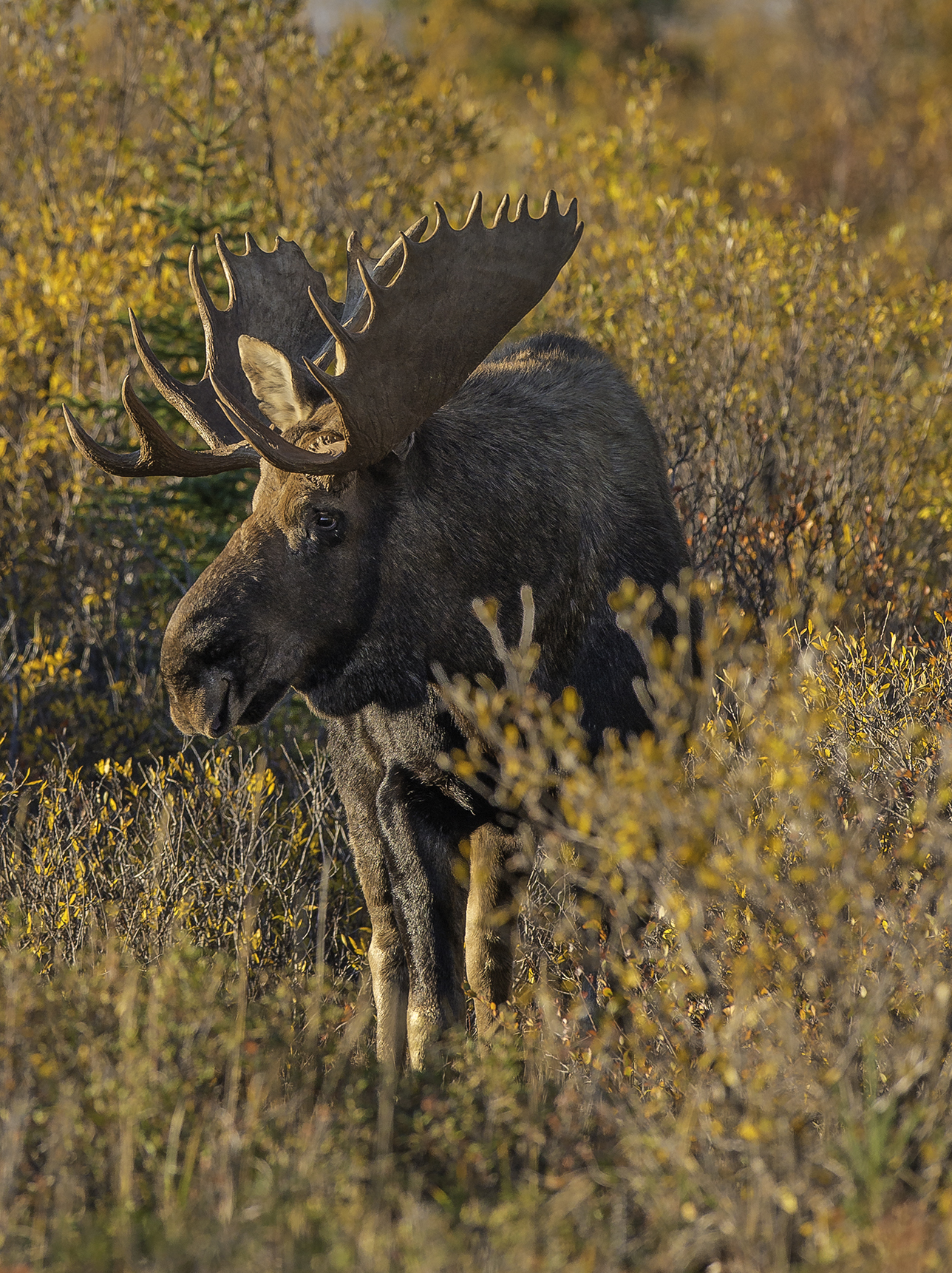Scientific name: Alces alces andersoni (western Canada moose)
Average length/height: 1.82m (6 feet)
Average weight: 450 kg (1000 lbs); Cows: 360 kg (800 lbs)
Characteristics
Each spring, bull (male) moose begin to grow antlers. They start covered in velvet and in fall, the velvet falls off. By early winter, the antlers themselves shed. Each year they grow back larger and with more points until the moose reaches his prime.
Moose have a mix of black and dark brown coats and when breeding time approaches the faces of bulls get darker due to an increase of testosterone.
With their tremendous physical power and vitality, moose can travel over almost any terrain. Long legs carry them easily over fallen trees and their cloven hooves and dewclaws spread widely to provide support when they wade through soft muskeg or snow. When frightened they may crash noisily through the underbrush, but despite their great size even full-grown, antlered bulls can move almost as silently as a cat.
Moose do not have top teeth in the front of their mouths, they do have rather large bottom teeth and they have four different parts to their stomach.
Territory/Geographical Locations
Moose are known by a different, but familiar name in Europe: Elk. We identify a different animal as Elk. Moose are found in North America, northern Asia and Scandinavia. In Canada, moose live in the boreal forest across the country. They’re attracted to marshy areas with lots of willow and freshly burned forests. The reason for this is that it provides a buffet of new vegetation for them.
They typically prefer cooler climates and the fact that food ferments in their stomach creating lots of heat, encourages them to seek colder areas and sometimes take refuge from heat in the water (Bradford, 2014).
Population & Reproduction
Moose population in Canada has been on the decline. In Manitoba, it is believed that the population has dropped more than 57% since 1960. It is estimated there are less than 20,000 moose left in the province. (CPAWS MB, n.d.)
Moose typically only give birth to one calf. Twins occur roughly 30 percent of the time. Food supply drastically affects the number of cows that will fall pregnant and whether they will have twins (HWW, n.d.). Cow moose can get pregnant each spring and have a gestation time of around 230 days. Calves weigh around 16.2 kg, but if twins are born, each calf will weigh roughly half this amount. They are weaned after six months, though nearly half fall prey to predators in the first six weeks of their life.
Adulthood is considered to be reached by six years of age and if they make it to adulthood they can live from 15 to 20 years. Survival rate are quite high among adults. (Bradford, 2014)
Diet
Moose need to eat high volumes of food to maintain their body mass, and this varies seasonally. Winter is a bit of a leaner season where they’ll consume 15 to 20 kilograms of food per day. Summer sees an increase to about 25 to 30 kilograms of food each day. Their diet includes twigs, leaves, shrubs, and water plants (HWW, n.d.). If need be, moose can dive down five meters to forage for food on the bottom of lakes and ponds.










